What to Look for When Buying a Violin
Parents are supportive of their children being interested in something other than video games but they want to make sure that they know how to buy a violin before making a couple of hundred to a thousand-dollar decision. Many times, it’s not the price tag that makes them unsure of how to buy a good violin, but the lack of information they feel they need to make a good decision.
